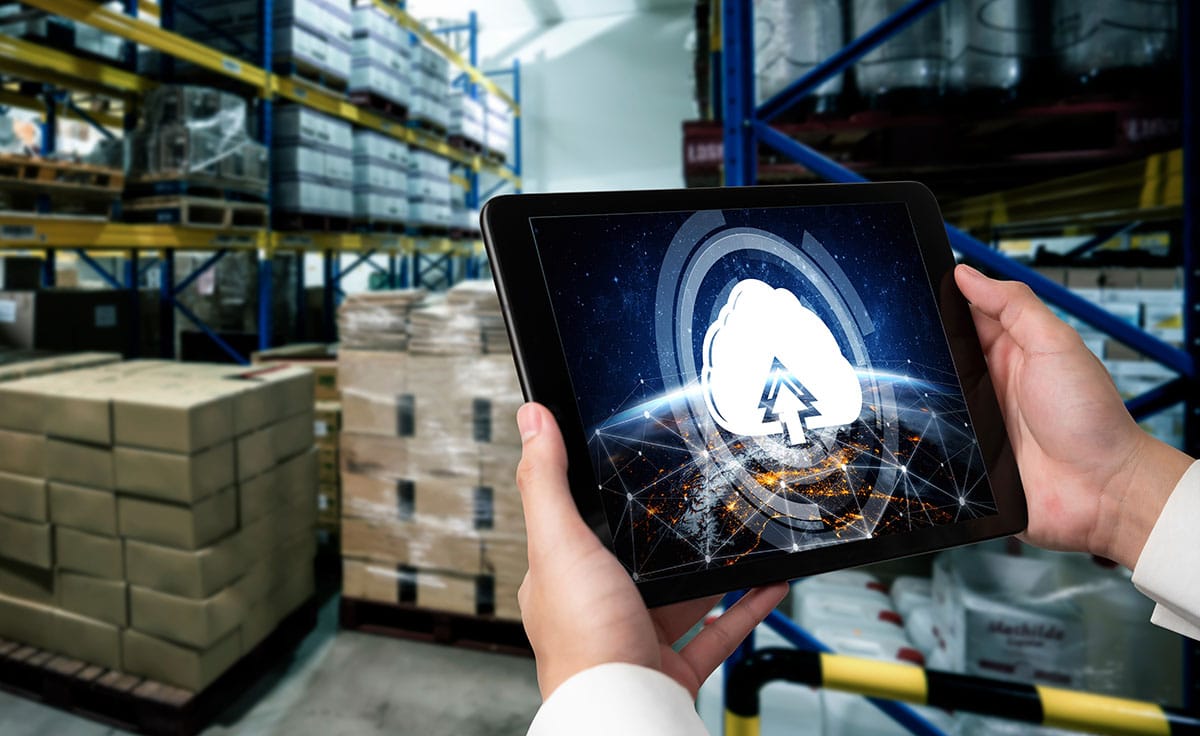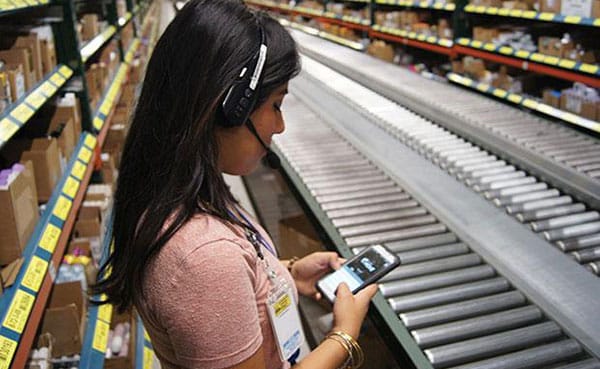Lately I’ve been reading a lotabout product traceability in the foodservice and grocery industries, so I was interested to see how a company in a very different industry, Remington Arms, achieves its rigorous product tracking goals using a Lucas voice picking system. Remington is a great example of how multi-modal applications combining voice direction, speech recognition and scanning improve product tracking without impacting efficiency, whether in firearms, food, or even pharmaceuticals. (Use this link to read our recent press release about Remington’s new Jennifer VoicePlus solution.)
Similar to food distributors who seek better ways to track the lot and/or date code of products they ship to their customers, Remington tracks the item-level serial number of every firearm it ships to its licensed dealers. Before installing voice, selectors at Remington picked orders using paper lists, and workers in a separate packing step scanned the serial numbers of all firearms prior to shipping. This process added labor to the downstream step. Remington’s new Jennifer voice picking system eliminated the post-pick scanning process by enabling selectors to scan (or voice in) the serial number of each firearm as they pick it. The labor savings from eliminating the post-pick serial number capture, along with the additional accuracy and productivity advantages of voice picking, helped Remington to justify the investment in voice.
Like the Jennifer voice system at Remington, every Jennifer FoodSelect system (our grocery and foodservice-specific voice solution) allows pickers to enter lot, date and other product level data (catchweight, etc.) at the point of pick using speech recognition, scanning, or even a keypad. Compared to many grocery and foodservice DCs, Remington has the advantage that the serial numbers on all of its products are encoded in a barcode. In the average foodservice DC, on the other hand, lot numbers on many products are printed only in a human readable code, so selectors need other means to enter the data. If barcodes are available, scanning is far quicker than voice, but if the lot or date code is not scan- able, voice entry is both more accurate and efficient than a keypad (especially in a cooler or freezer).
For food distributors that need to enhance item-level product tracking, multi-modal picking solutions are the best way to go. Adding a post-pick data capture step will unnecessarily add to costs, while scan- or voice-only systems are sub-optimal in the real-world of the average food DC where product labeling is inconsistent.
Is your DC tracking products at the case or item level? Do you have other data capture needs within your DC that would lend themselves to multi-modal solutions?





